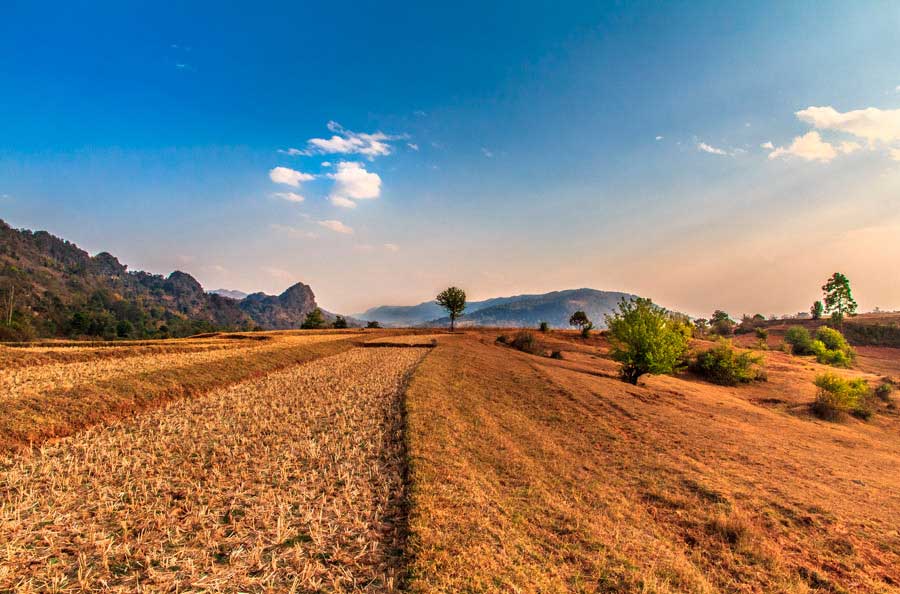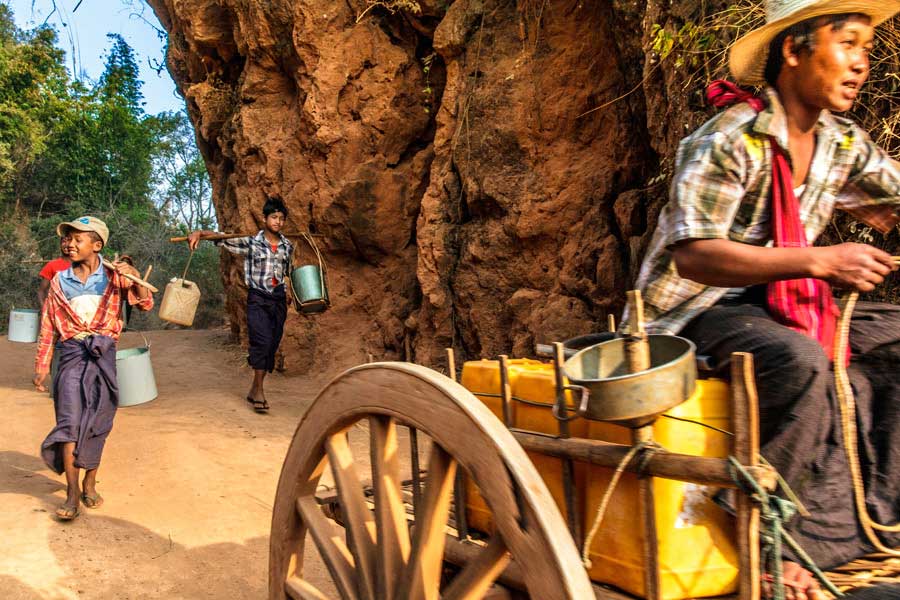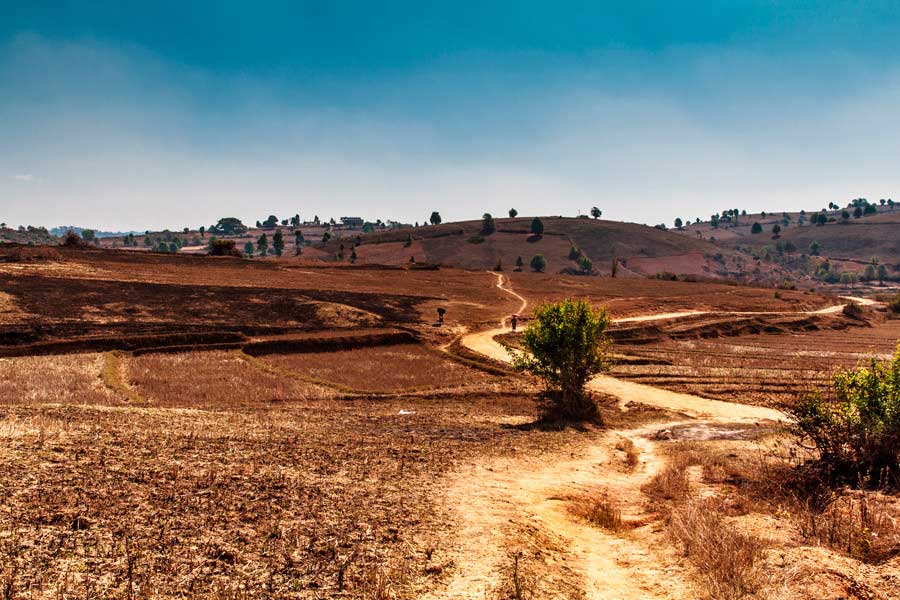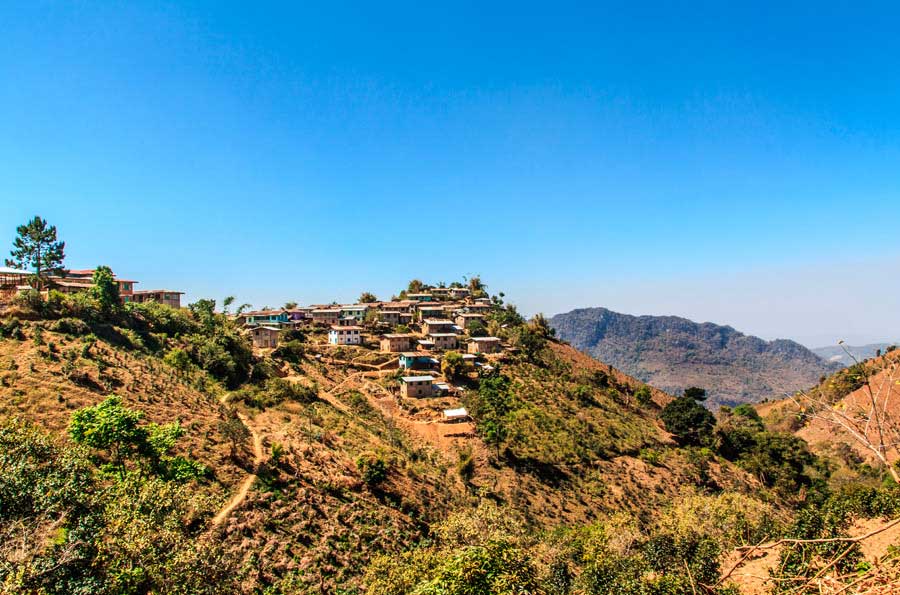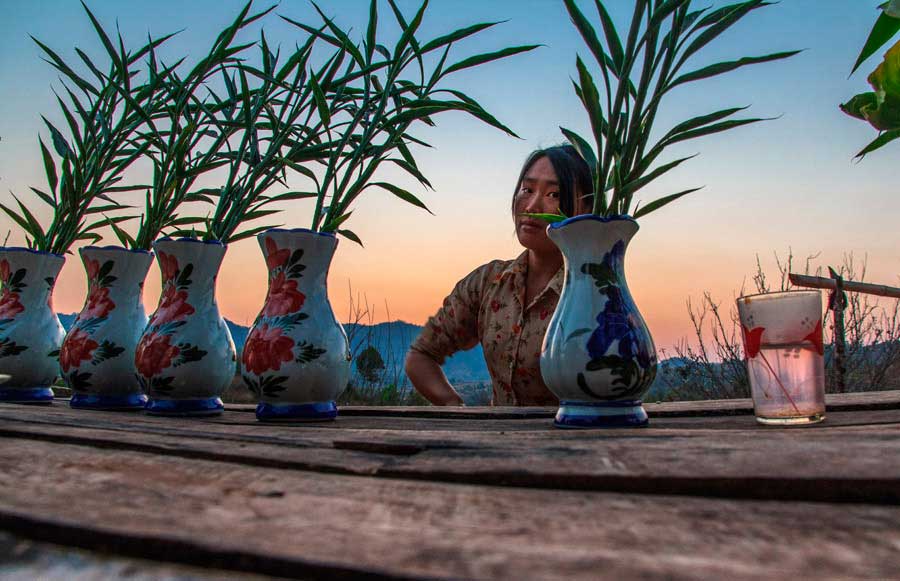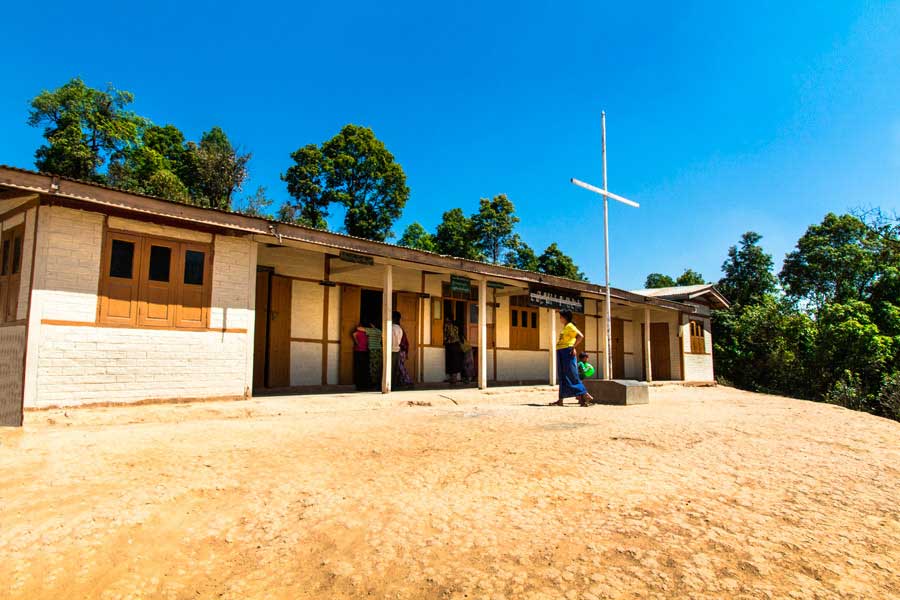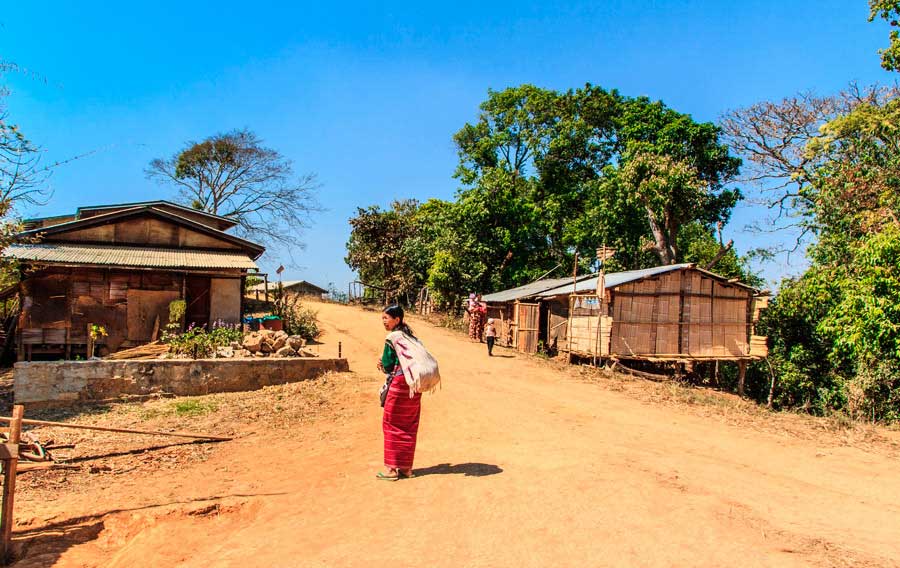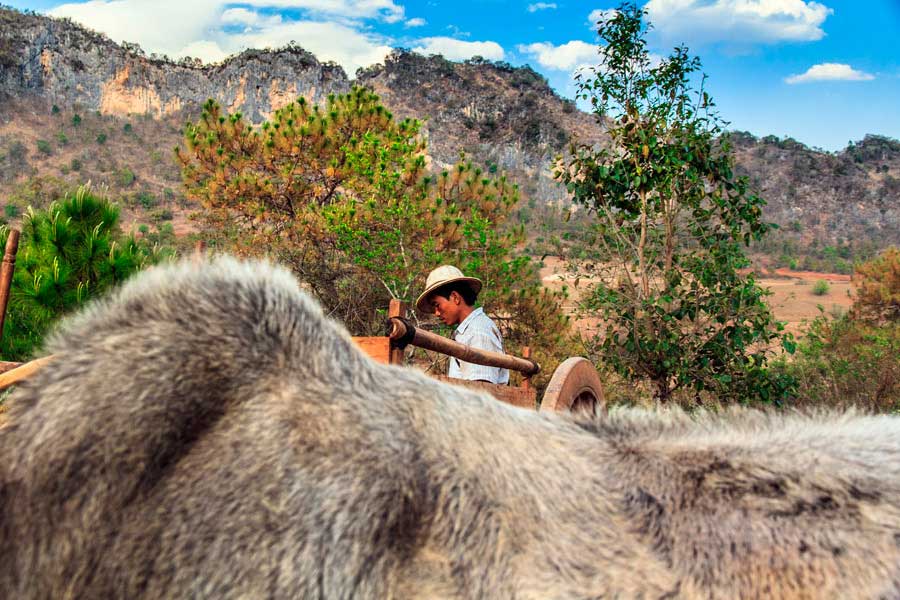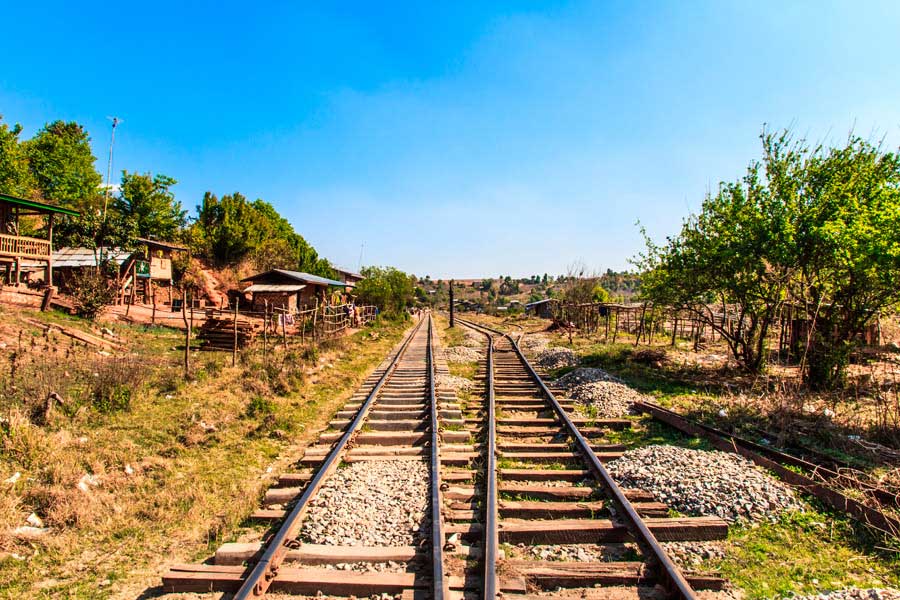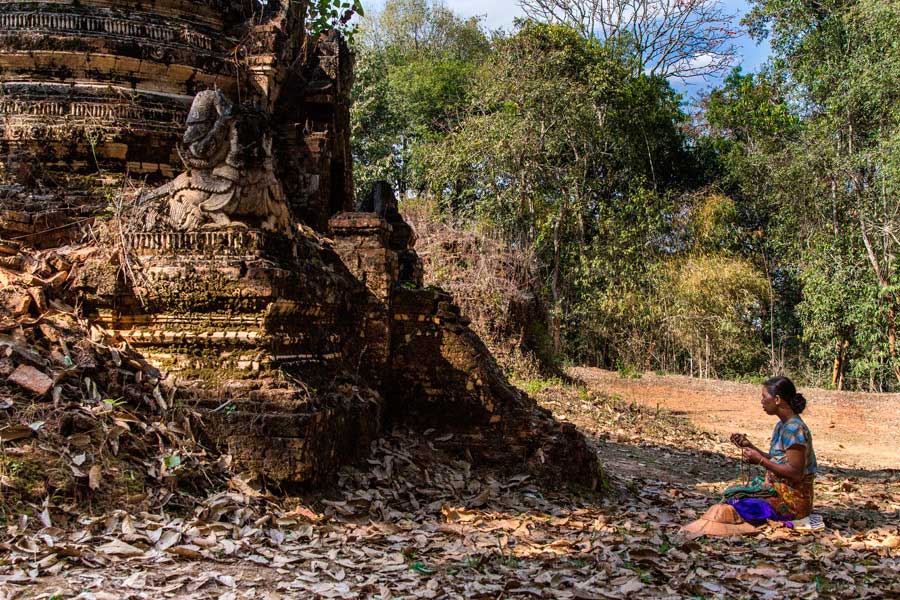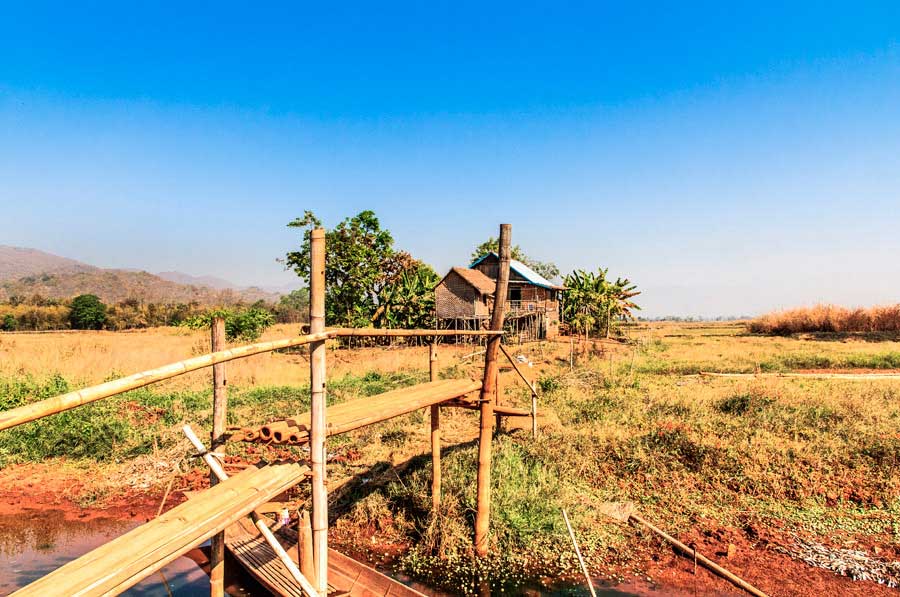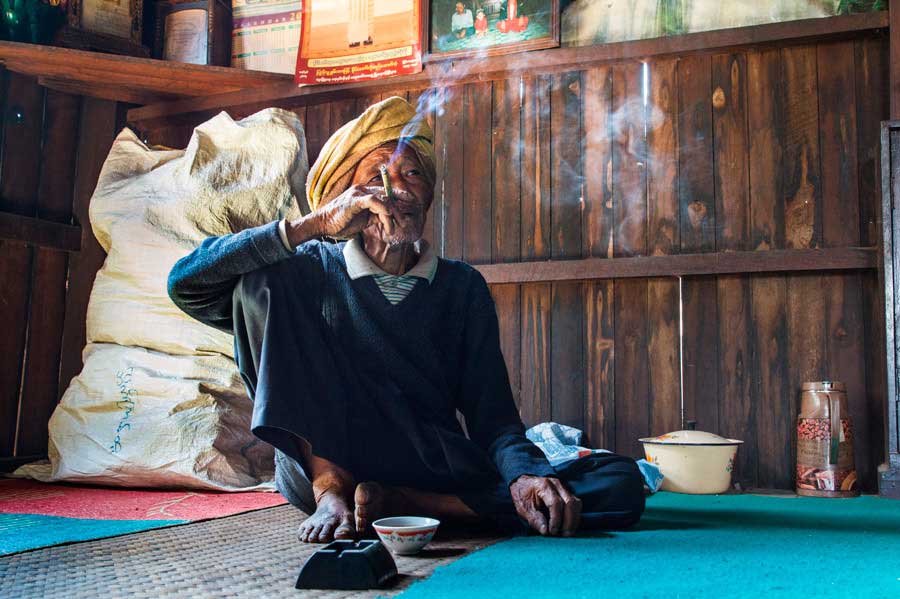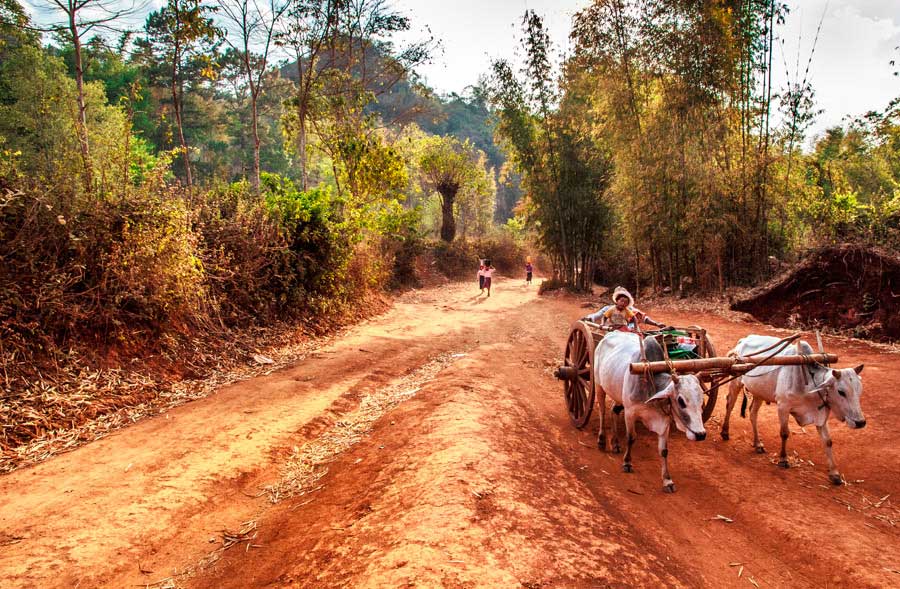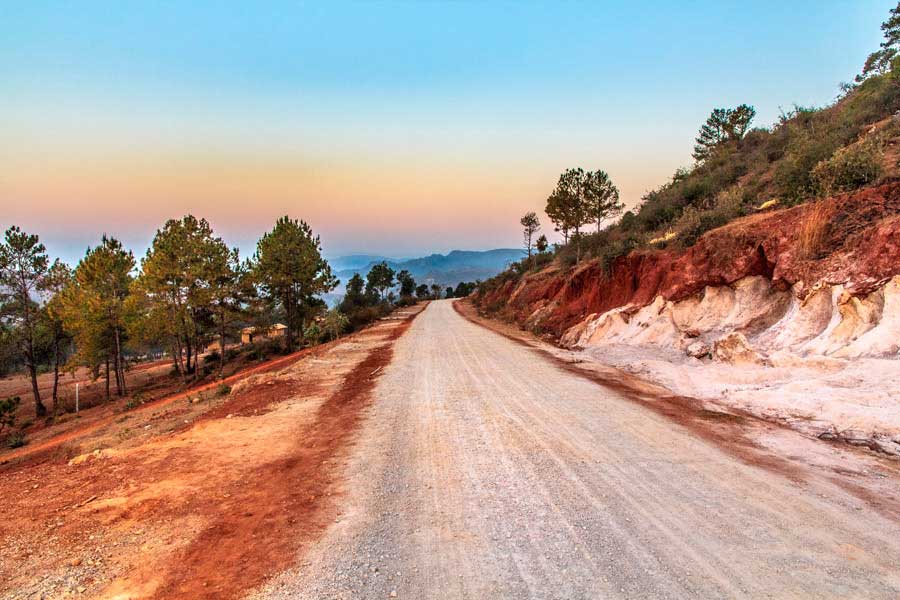“It took nine thousand steps + one to get there!”.
That is how my grandma used to answer with a smile on her lips when I asked her how long it used to take to get from alghero to olmedo at the beginning of her adolescence. I never understood if she threw that “+ 1” in there because she had no idea how to say 9001 or if it was just for fun.
“long ago in 1922, they used to leave from alghero to go to the olmedo countryside and pick olives, in that place about 8 km away where the land produced more substantial fruit. they left with a pair of worn shoes when it was still dark out, and they arrived at dawn to have the entire day ahead for the harvest; they would work bent over until you could see the greenish outline of the olives, then another “nine thousand steps + 1” to go back to alghero. time, back then, was marked by steps.”
It is from this little anecdote recounted by my grandmother when I was a child that the idea of my reportage came: from the desire to discover a world that we, of the “post duplex” generation, unshakably devoted to modern life “at all costs”, did not know. in order to realize the project, I decided to go to a place that is not yet considered a tourist destination for the masses, a place where gsm roaming does not work and where there is intermittent electricity in the main cities, but never in villages where ethnic minorities live. I went to myanmar, formerly burma. I met a local guide and, with him, walked about 70 km from kalaw to inle lake during which time I was able to meet and be in close contact with some of the ethnic minorities in the area; I slept in some villages and I endeavoured to record the rhythm of their lives and what I encountered during the journey trying to imagine what was, at one time, the life that my grandma led. who knows, maybe with that “+ 1” she meant the beginning of my steps. [Official Website]



